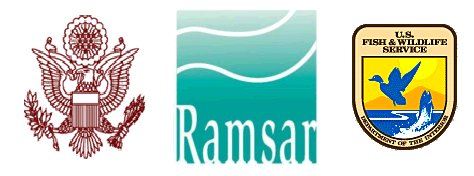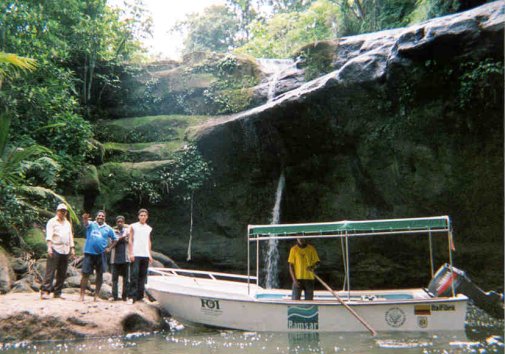Training and patrolling in Cayapas-Mataje

News from the Wetlands for the Future Fund in Ecuador
The most recently designated Ramsar site in Ecuador, Reserva Ecológica Cayapas-Mataje, boosts the Convention's name all along its coast, as a Wetlands for the Future project (WFF/01/ECU/1) financed the purchase of a small motorboat, named "Ramsar I", to do patrolling and vigilance activities in the reserve. The project was carried out by Fundación Obra Maestra, and also trained 30 local leaders about values and functions of wetlands, mangrove ecology and conservation, response towards possible oil spills in the area, environmental law in Ecuador, the Ramsar Convention, and political and community leadership. It is expected that these 30 leaders will become multipliers in their respective communities in order to spread the wise use message and stop the unsustainable use of mangrove resources. Phase 2 of the project is underway, also with support of WFF.


-- reported by Iván Darío Valencia, Ramsar.
The Bureau of the Convention on Wetlands (Ramsar, Iran, 1971), the U.S. Department of State, and the U.S. Fish and Wildlife Service support the Wetlands for the Future Fund (WFF) training initiative for the Western Hemisphere, first begun in 1997. This activity promotes the implementation of the concept of "wise use" of wetlands through the strengthening of the capacity of countries to manage their wetland resources in perpetuity and by contributing to the integration of wetland conservation and management with the development process. All proposed activities must be in line with the principles, recommendations and guidelines of the Ramsar Convention. For more information about the WFF, see http://ramsar.org/caxref:4158.